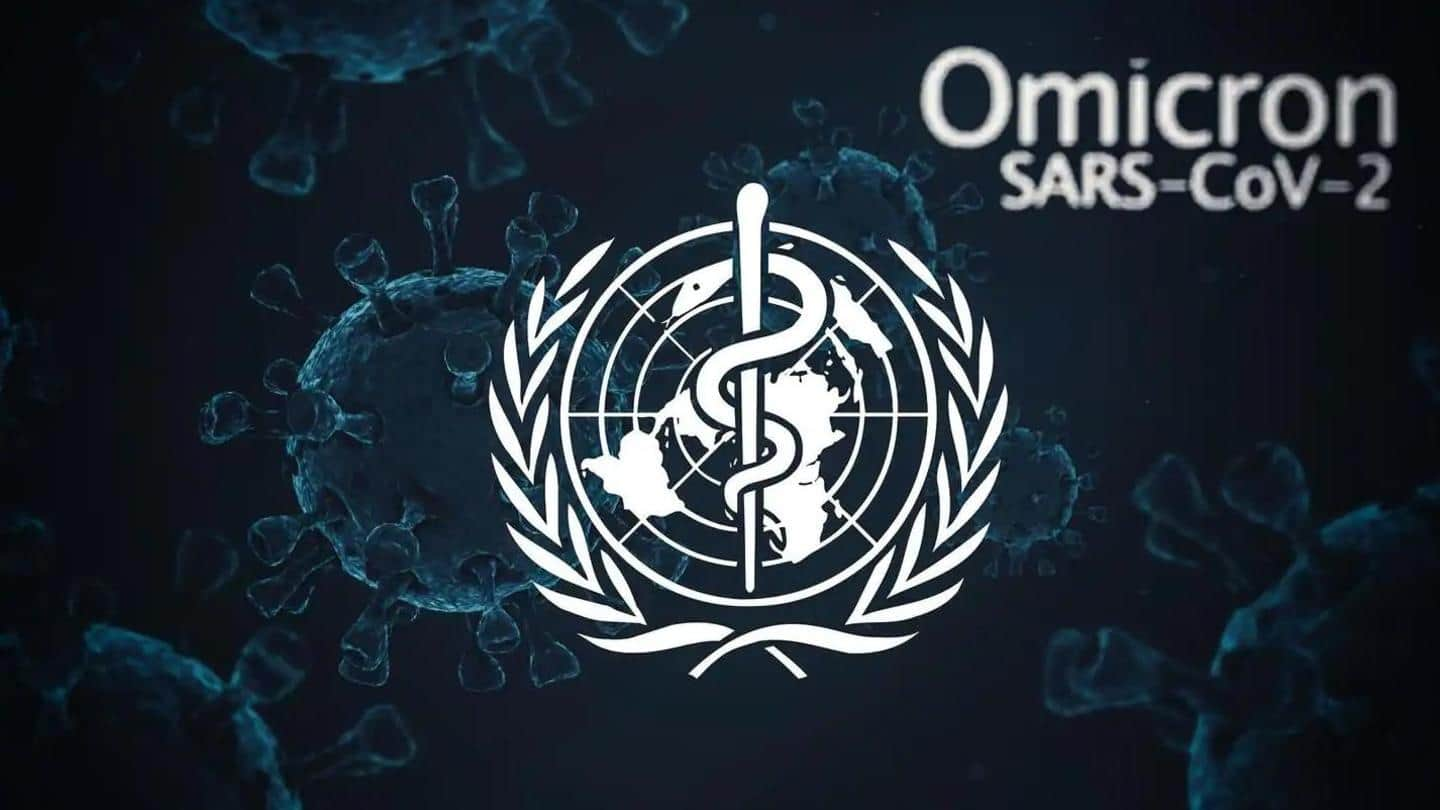
No concerning trends caused by new Omicron subvariants: Experts
What's the story
Although India hasn't detected any concerning trends because of the discovery of new Omicron mutations—BA.4 and BA.5—experts have warned that people should remain vigilant against COVID-19.
India is closely following the behavior of the newly discovered variants as they are thought to be more contagious than previous versions.
On May 23, the first cases of these variants were discovered in Tamil Nadu and Telangana.
Context
Why does this story matter?
Experts had attributed the sharp surge in India's COVID-19 cases in January to the Omicron variant.
Omicron is a heavily mutated variant that is very contagious and can evade immunity from prior infection or vaccination.
The BA.4 subvariant was first detected on January 10, 2022, in Limpopo, South Africa, while BA.5 was first discovered on February 25, in KwaZulu-Natal, also in South Africa.
Case history
Both patients had no travel history, were fully vaccinated
"Contact tracing of the BA.4 and BA.5 patients is underway as a precautionary measure," the Indian Sars-Cov-2 Genomics Consortium (INSACOG) stated.
Both the affected man and the woman, who were fully vaccinated and had no travel history, showed mild symptoms.
Before this, a South African traveler was reported to be positive for the BA.4 variant upon arrival at the Hyderabad airport, according to INSACOG.
Expert
India is in the middle of the third wave: Expert
Dr. NK Arora, the head of India's National Technical Advisory Group on Immunisation (NTAGI), told News18.com that "the newfound COVID-19 variants, BA.4 and BA.5, could be highly transmissible."
"India is presently in the middle of the third wave. What we've learnt about COVID-19 is that the different variants will drive different waves. Right now, Omicron is driving the third wave in India," he stated,
Statement
We don't expect new wave for next 5-6 months: Arora
According to Arora, BA.4 and BA.5 have a "growth advantage," as per reports and studies from other countries, which implies that these mutations are highly communicable when compared to other Omicron variants.
"While we don't expect any new waves for the next five-six months, we need to keep all possible arms and ammunition ready if any new variants come up (globally)," he stated.
Context
97.2% samples in India positive for Omicron
According to data submitted to the Global Initiative on Sharing All Influenza Data (GISAID), in the past four weeks, nearly 97.2% of samples from India were of the Omicron variant.
"Suspected recombinant sequences are under further analysis," the INSACOG said.
Additionally, Delta and Kappa variants are also currently in circulation in India, with about 1.5% and 0.5% of the samples showing positive results, respectively.
ICMR
There is currently no cause for concern: Director-General ICMR
While the government is carefully monitoring hospitalizations and deaths to assess the severity, there is currently no cause for concern, according to Dr. Samiran Panda, deputy director-general of the Indian Council of Medical Research (ICMR).
"The occurrence of new variants and lineages must not cause panic," he stated, adding that there is no evidence that infections are increasing due to newfound varients' increased infectiousness.
Experts
No significant threat to the healthcare system: Dr. Agrawal
Likewise, Dr. Anurag Agrawal, ex-director of CSIR-IGIB and Ashoka University's dean of health and biosciences research, believes that "we do need to monitor, but I don't perceive any significant threat to the healthcare system from these variants."
"This is because of our recent BA.2 wave and high vaccination coverage," he added.
"Strict vigilance and precaution is the only key," Dr. Panda stated.
Fact
BA.4 and BA.5 are similar to BA.2 at antigen level
While India's Omicron wave was dominated by the BA.2 variant, South Africa's wave was dominated by the BA.1 variant.
Cross-immunity to new variants—BA.4 and BA.5—was found to be lower in BA.1-recovered patients compared to BA.2-recovered patients.
Agrawal believes that the danger of massive outbreaks of BA.4 and BA.5 will be low in areas where BA.2 has caused large waves, such as India.